Ever think you’re getting the best deal on steel for your projects? Think again! The world of steel supply is filled with secrets, and what you've been paying might just shock you.
In today's fluctuating market, knowing where to buy your steel can make or break your next project. Timely intel is vital, and we're about to delve into insider info that could save you and your business thousands.

In a world obsessed with innovation, the steel industry quietly flexes its own muscles. Used in constructing skyscrapers, bridges, and the cars we drive, steel truly holds the modern world together. But did you know that tiny changes in steel's pricing ripple through industries worldwide, impacting everything from infrastructure to consumer goods? While most people focus on tech, savvy businesses know the real gold is in steel. But that’s not even the wildest part…
The giants of the industry—huge suppliers like ArcelorMittal and Nippon Steel—seem unshakable. However, behind the scenes, it's the innovative start-ups and independent traders who are reshaping the landscape with agility and new technology. These trailblazers aren’t just changing the steel supply chain—they’re revolutionizing it in ways that even industry insiders didn’t predict. What happens next shocked even the experts…
It may not seem intuitive, but technology plays a pivotal role in cutting down steel costs. Big Data analysis uncovers discrepancies in regional pricing, allowing companies to choose suppliers that offer the best deals. Firms like DataSteel are tapping into these insights, providing seven-figure savings annually to their high-volume clients. But there's a twist…

While tech innovations dive into price efficiencies, it’s also the dark horse that connects local suppliers otherwise ignored in a global market. Technologies that identify local stocks and manufacturing efficiencies can undercut larger international suppliers without sacrificing quality. But the innovation doesn't stop there…
Blockchain is another game-changer, ensuring transparency and authenticity in steel sourcing. This technology verifies quality and origin, cutting out middlemen, and achieving that perfect balance between cost and quality. Yet, the blockchain revolution in steel is just getting started. What you read next might change how you see this forever.
Moreover, the logistical side isn't lagging behind. Automated supply chain systems strip out unnecessary inefficiencies, reducing delivery times and costs dramatically. Steel doesn’t just arrive cheaper; it gets there faster, aligning firmly with just-in-time manufacturing needs. But there’s one more twist…
Global suppliers may seem like the go-to for large and dependable orders, but the hidden potential of local suppliers is often overlooked. Local companies often provide quicker turnarounds and robust customer support that outweigh the benefits promised by larger suppliers. Let the numbers speak: regional suppliers who’ve adjusted to modern demand report an average of 30% spike in business. But here’s what most don't know…
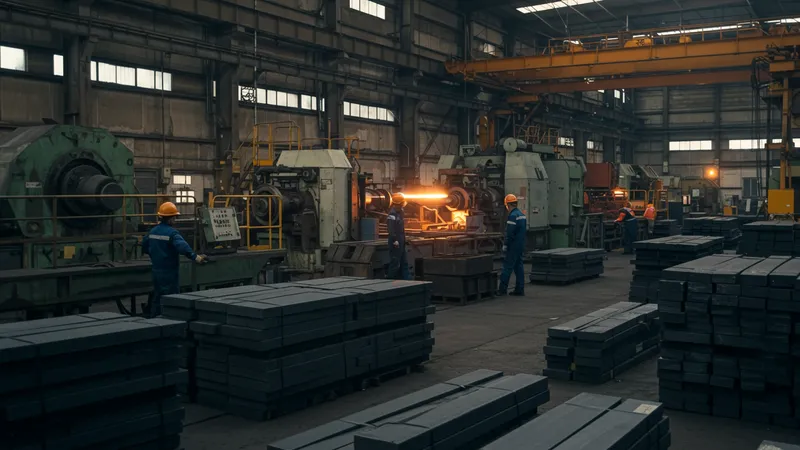
Local producers are adapting by leveraging cutting-edge technology to match the scales of production previously only possible with global giants. They offer competitive prices by tapping into nearby resources and reducing transportation costs. This lean manufacturing mindset doesn’t just cut costs—it builds better partnerships. But local isn't just small anymore…
The rise of collaborative networks among local suppliers enhances their competitiveness. By pooling resources and aligning production strategies, these networks match the flexibility and innovation seen in technological coalitions. Such alliances create savings passable directly to buyers. The advantages of local sourcing are becoming clear, but not every company sees them…
While competition among local suppliers remains fierce, those who prioritize sustainability in their operations find extra favor with eco-conscious brands. These brands are ready to pay premiums if sourcing is closer to reducing carbon footprints. But when it comes to the environment versus economics, the real story unfolds further…
The truth? Trade wars dramatically altered the steel industry, reshaping the landscape in ways unimagined. Tariffs and trade barriers essentially turned the tables on global suppliers, and local manufacturers thrived amidst the chaos. Tariff wars have dark underpinnings that received little attention outside trade circles. Yet, the fallout was intricate and expansive…
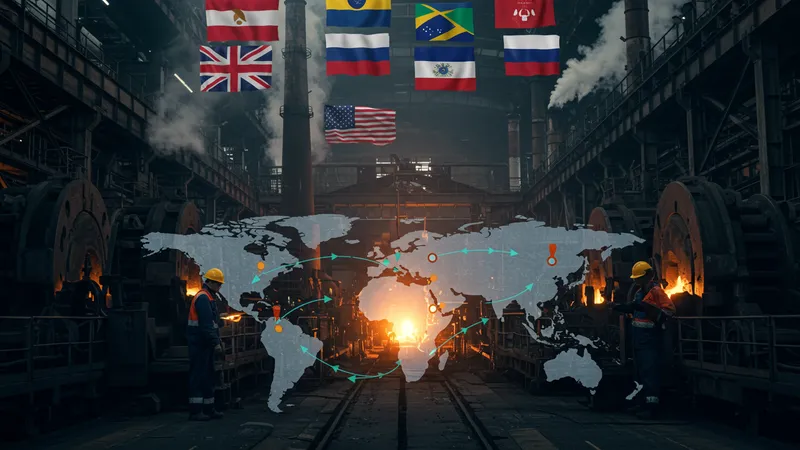
With tariffs driven primarily by political agendas, companies were caught unprepared, facing sudden price hikes and contract disruptions. But what seemed like doom became opportunity for shrewd businesses adept at navigating new relationships and importing constraints. When the doors closed for some, others saw windows opening…
Different national markets reacted unpredictably—some instituted protective tariffs of their own, while others absorbed the additional costs or sought alternative markets. This shift forced buyers to become more agile and resourceful, forever changing how steel is acquired and distributed. But the story deepens on how resilience was born within the chaos…
This environment has bred a new breed of traders skilled in exploiting market fluctuations. Being both fast and efficient is a learned skill that elevates survivors above struggling peers. Yet, surviving a trade war requires more than just skill—it’s about deep foresight and predictive modeling, shaping the future of steel in uncharted ways. What you discover next may redefine what you know…
As industries push toward sustainable solutions, green steel concepts have emerged, promising eco-friendly production with reduced carbon emissions. Producers like Sweden's SSAB are pioneering fossil-free steel technology that's not just marketing but real, impactful change. But is green steel really viable, or just a pipe dream?
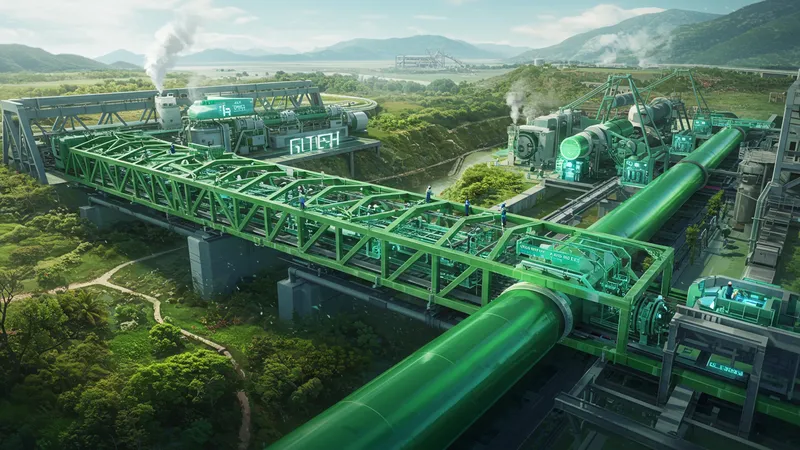
The production of green steel relies on innovations such as hydrogen-based reduction, replacing coal traditionally used in manufacturing. This new approach drastically cuts CO2 emissions, heralding an era of cleaner industrial practices. However, the costs and scalability of these methods are under intense scrutiny. Yet, there’s another layer…
The shift towards green steel also involves regulatory encouragement and adaptable infrastructure. Beyond just environmental impact, its promise lies in the yearnings of a market more aware than ever of climate impact. But can production keep pace with demand under new, stringent guidelines? The battle for sustainable steel is just heating up…
It's not all utopia; manufacturers navigating towards green solutions face high initial investments. While subsidies and incentives aim to lessen the burden, the profitability of green steel remains uncertain. Yet the importance of embracing these challenges grows pressing. So, is green steel merely a speculative playground, or will it rebuild foundations? What lies beyond the horizon changes everything…
While everyone clamors for the best discounts, few account for the less-visible costs tied to conventional steel production and use. These hidden costs manifest as larger ecological footprints and maintenance costs over time due to less durable materials. Ignoring them can mean financial sinkholes waiting to happen...
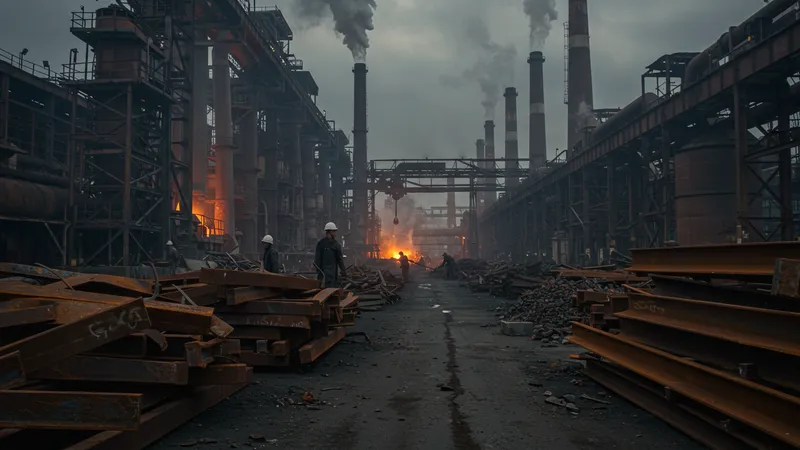
When workplace accidents or recalls increase due to sub-standard steel, savings from lower initial pricing can quickly evaporate. It's a costly ripple effect that often spreads throughout an organization, impacting budgets and project timelines. But there’s yet more blood to be shed…
Repair and reinforcement work compounds over years, mainly when savings resulted at the expense of material integrity. Consider long-term infrastructure projects where material compromises could spell disaster. Yet, there are more unaccounted factors at play...
The reputational damage from structural failures due to low-quality steel affects far-reaching business prospects. Insurance premiums swell, clients lose confidence, and competitive edges dull rapidly. With every risk, a shadow cost lurks beneath the surface. But, the investment that protects against all these pitfalls could surprise you...
In today's agile industry climate, partnerships can serve as pivotal assets in securing better pricing and quality. Joining forces with producers, other businesses, or even tech firms can streamline costs and enhance operations significantly. Yet, many still navigate individually, and therein lies loss...
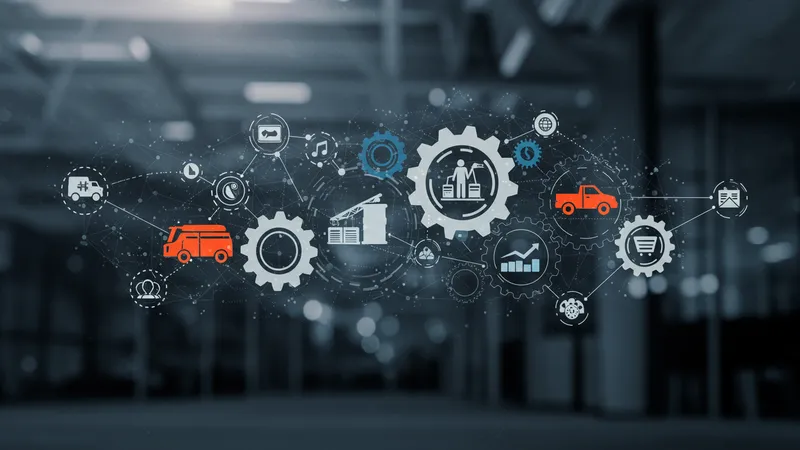
Collaborating allows leveraging collective buying power, achieving costs individuals can't match. It's a strategy that big automobile and construction firms have perfected. Despite the benefits, skepticism often holds smaller firms back. But wait—there's another advantage...
Beyond just pricing, partnerships foster innovation, enabling rapid response to market shifts with combined expertise and resources. This adaptability is the weapon companies wield against volatility. Yet, the magic doesn't stop at market agility...
Stimulating relations between businesses open doors to shared technologies and cross-industry innovations, creating product refinements and sustainability improvements otherwise unreachable alone. But not every firm recognizes the untapped potential lying there. What if the right partnership changed your industry landscape entirely?
Stepping beyond surface-level supplier lists, insiders know the real expert moves in sourcing steel to guarantee maximum savings and quality. Reevaluating existing supply chains and contracts based on evolving industry standards could reveal startling discrepancies...
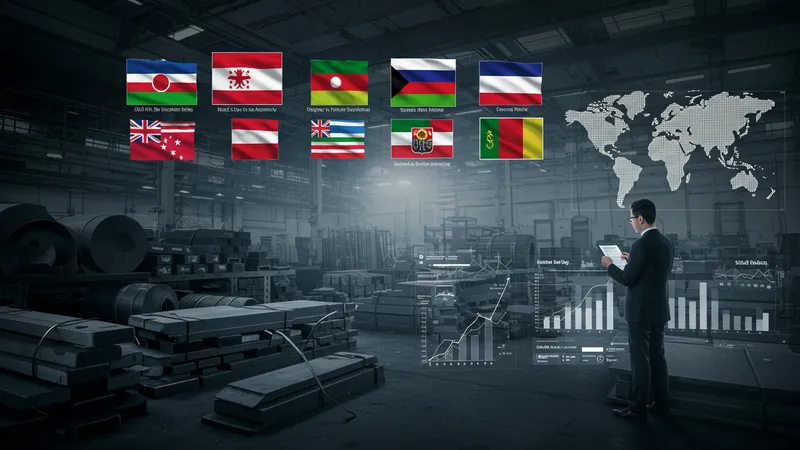
Even elite procurement managers expand networks regularly, incorporating newer markets that align with shifting tariffs and economic forecasts. It’s less about loyalty and more about strategic foresight. Wait till you unearth their next big move...
Impressive deals arise from keen timing, too. Pricing often fluctuates seasonally or due to fringe economic events; mismatched expectations can break the bank, while well-timed purchases unlock value margins others miss entirely. Yet another concern lurks on the sidelines...
An often-ignored aspect lies in cultivating direct communication with supplier management, skipping traditional negotiation hierarchies and reducing delays. True sourcing mastery merges transparent discussion with rapid action. But one tip remains undisclosed...
Artificial Intelligence has infiltrated the steel industry, bringing unparalleled efficiency and precision in production and distribution. Tasks traditionally done by human oversight now benefit from AI's error-free consistency and rapid automation capabilities.
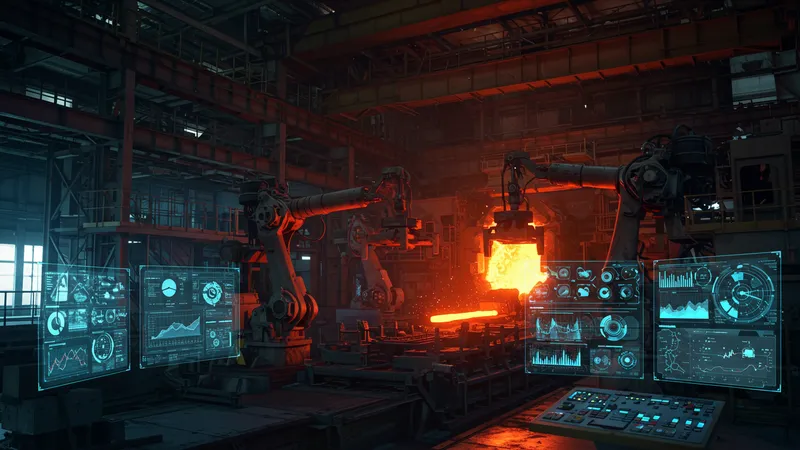
AI-powered monitoring systems predict and preempt equipment wear and tear, drastically reducing maintenance woes and downtime. These proactive approaches ensure greater life cycles for machinery and materials alike. Yet, the full breadth of AI’s prowess isn’t entirely realized...
The shift towards AI also redefines labor dynamics. While skepticism suggests AI could replace jobs, what emerges instead is an ecosystem where human oversight enhances tech-driven operations. New roles and fields of expertise sprout rapidly to accompany innovation. It's not all smooth sailing, though...
Implementation barriers, ranging from technological literacy to infrastructure adjustment costs, demand swift addressal. Automation holds promises of heightened efficacy but also pushes firms towards adaptation—a double-edged sword if unprepared. Another variable complicates this further...
Steel seems omnipresent in high-stakes industrial conversations, yet its role extends quietly into the mundane intricacies of everyday life. Consider simply the structure surrounding you right now—trust built from metal and fortified foundations.

Your morning starts with a car-frame singing in steel’s sweet resilience or an elevator transporting you on slabs bolstered by it. Even the cutlery you use at breakfast plays a part in this extended family of steel's many uses. But there’s a more personal angle...
Consumer goods too, like durable electronics and gleaming kitchen appliances, owe their reliability to steel. The low profile it keeps in homes doesn't reflect its strength and role in facilitating and advancing modern comforts, often taken for granted...
Its role expands even to art and fashion, with steel jewelry growing in chicness. Sculptures often support meanings hidden beneath their metal surfaces due to the intrinsic endurance of steel’s artistry. Yet, the full appreciation of steel's distinction is layered in unseen areas...
Choosing high-grade steel is not solely a budgetary decision; it's the cornerstone of safety. Whether in building shelters, cars, or everyday tools, inferior steel jeopardizes structural integrity, placing lives in peril and harming reputations irrevocably.
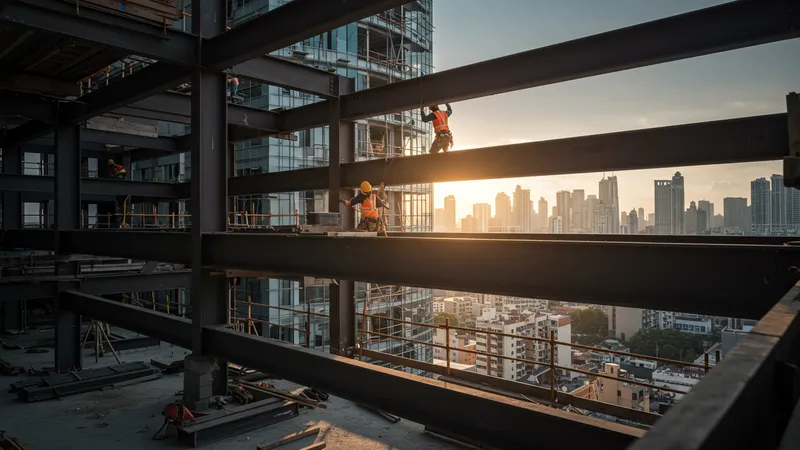
While short-term projects might benefit from cost-cuttings, the long-term implications on resilience, commitment to quality, and liability considerations remain largely neglected conversations. But unsurprisingly, there's much more at stake...
From operational safety to emergency protocols, quality steel compliance ensures adherence to regional and international standards, minimizing legal risks and maximizing operational trust. Inferior steel weighs heavily against the scales of responsibility, but there’s another risk awaiting further attention...
In emergencies, steel structures prepared to endure stress and unforeseen influences are lifesavers, evidenced by disaster-resilient architectural practices. A single oversight in material strength could transform a potential milestone into catastrophe. The call for safety is loud and unyielding...but misunderstood genius awaits its moment...
Steel isn’t limited by its industrial past—it’s the material of tomorrow. Enterprises are rigorously experimenting with dynamic uses like 3D steel printing, producing previously impossible constructs. Why stop there? The scope appears infinite...
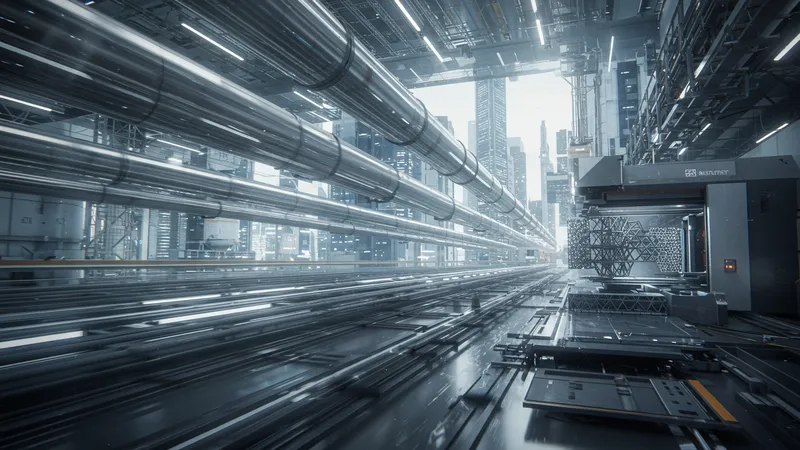
In transportation, revolutionary concepts such as Hyperloops exploit steel’s strength and flexibility to contend against centrifugal forces at radical velocities. Steel’s adaptability in sustainable tech creations might redefine boundaries, envisioning tomorrow's transit infrastructure...
Artists embrace hybrid advanced steels, merging nanotechnology and design into otherwise static works of art, sculptures standing testament to human ingenuity. It's a bold crossover but one with stories waiting to unspool completely...
Research too signals bold shifts—in medicine, tailored nanostructures derived from steel provide unseen advances in surgical precision or prosthetics, rethinking the human touch of healing. This transformation speaks of potential beyond today's writ conceptions...
Although a backbone of economic progress, steel production imposes a substantial environmental toll. Critics point fingers at rising emissions levels attributed to traditional steel techniques, prompting urgent dialogues about greener production strategies being critical...
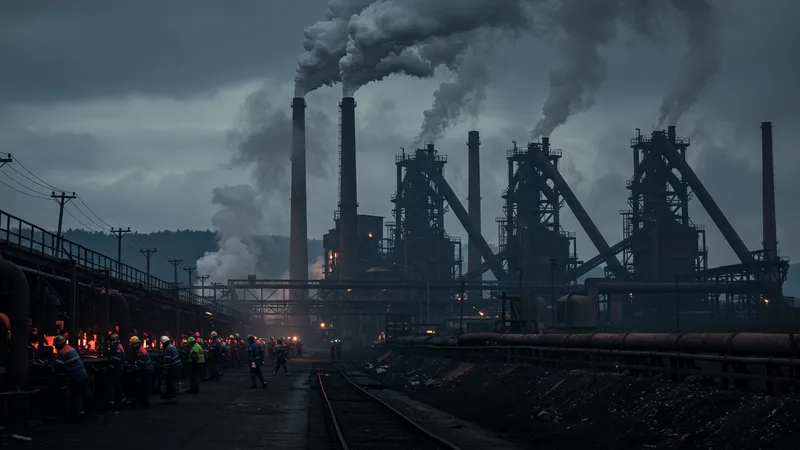
The balancing act of thriving industry versus sustained ecological frameworks stretches existing regulatory landscapes. Between demands for economic growth and commitments to planet resilience, industry leaders face splintering choices that could shape our global ozone future...
Investments targeting emissions reductions surge as giants hunt competitive standing. Environmental, Social, and Governance (ESG) principles embark on rewriting steel's path. Accountability weaves through new industry standards—bracing wrought futures await those prepared to leverage it...
But, where capital embraces ecological responsibility, not all stakeholders appease promptly. While eco-friendly steel usher in potential, seasoned practices deeply etched in fossil fuel use shield deep-seated resistance. The environmental awakening simultaneously divides and unites...
Once a producer-driven narrative, the steel story embraces consumer voices more than ever before. Conscious choices and activist stances rewrite steel’s trajectory, prioritizing ethically-sourced materials and compelling suppliers to adjust sustainably. Yet, seismic societal shifts await next...
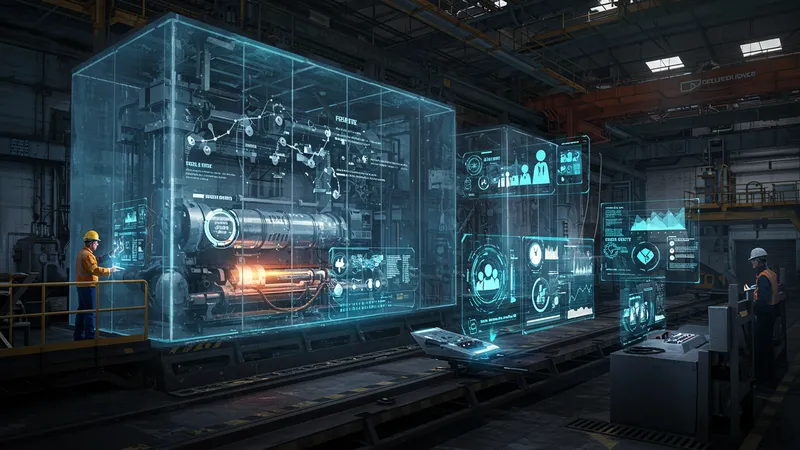
The digital age pushes paradoxes of abundant consumer knowledge and power, exposing substandard operations or ethically-flawed sources. Demand's focus skews beyond mere quality—embracing nuanced brand image, stylish, and principled stance. Industry hears louder resonating expectations...
In response, savvy suppliers race towards transparency and placates consumer demands through ideals resonating with modern consumers. Ethical practices reward loyalty by aligning narratives interconnected with forward-looking community aspirations. Yet, a hidden spark ignites another movement...
Virtual experiences enable greater visibility inside supply chains. Consumers wield interactive inspections that bridge them towards empathetic perspectives, impassioning collective influence upon shaping markets and amplifying steel narratives louder than ever sounded...
Steel, underscoring the foundations of industries, economies, and innovation, is at a tipping point of change. From innovative technologies and environmental sustainability to the evolving demands of conscious consumers, the landscape of steel supply continues to shift rapidly. The next big paradigm? Only time will reveal the full story. To remain ahead, share these insights and ensure you are part of steering the ship toward an exciting future.